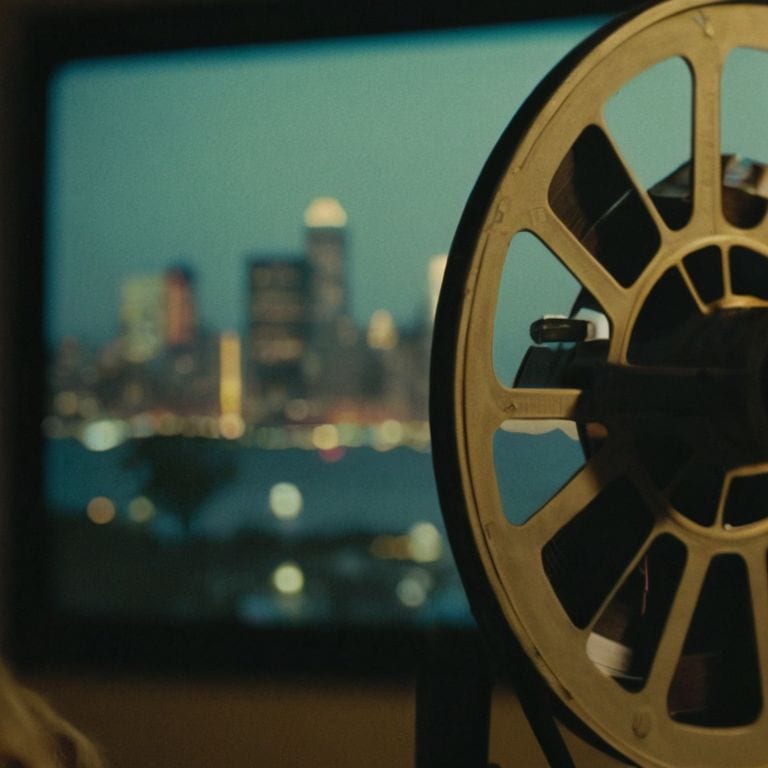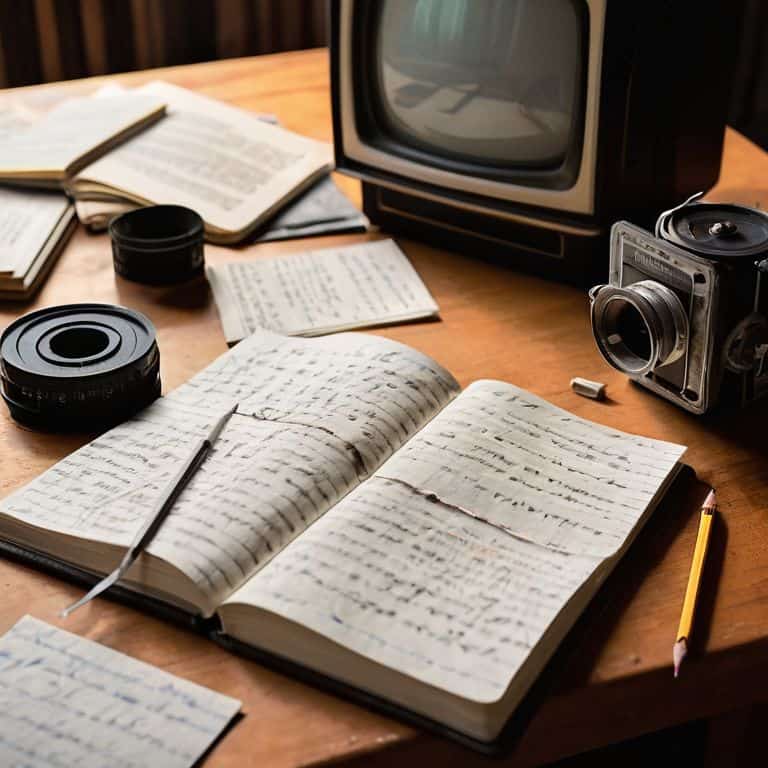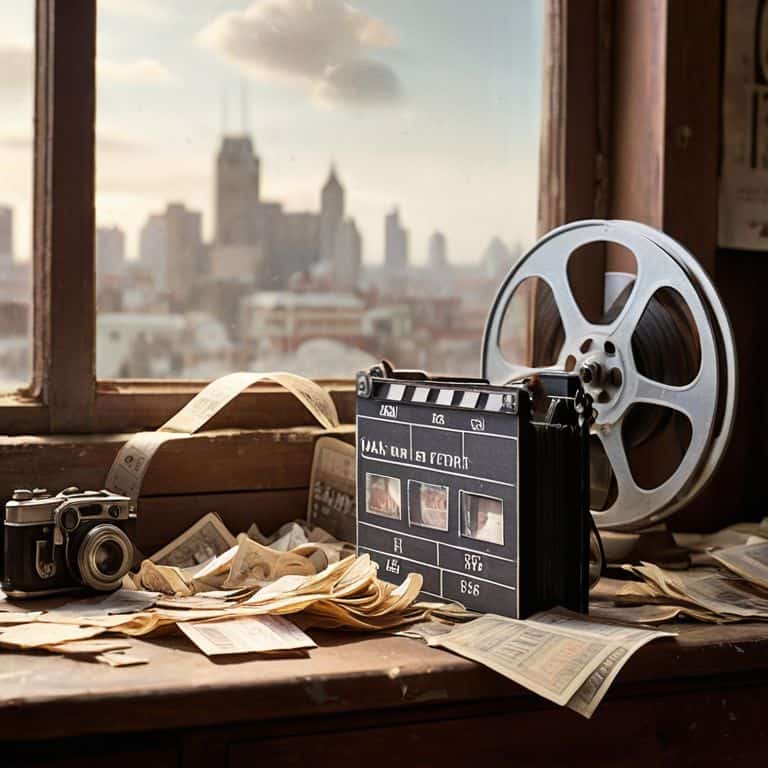I still remember the smell of old film reels and the sound of heated debates in the university cinema club, where my passion for the art of film criticism was born. It was there that I realized how overly complicated and elitist the world of film criticism can be, with its esoteric jargon and pretentious analyses. But I believe that true film criticism should be about more than just dissecting the technical aspects of a movie; it should be about understanding the cultural context and emotional resonance that makes a film truly great.
As someone who’s spent years navigating the trenches of film criticism, I promise to cut through the hype and provide you with honest, experience-based advice on how to develop your own unique voice and perspective as a film critic. I’ll share with you my own approach to unpacking the cultural zeitgeist, one film review at a time, and explore how the art of film criticism can be a powerful tool for understanding ourselves and the world around us. Whether you’re a seasoned critic or just starting out, I invite you to join me on this journey into the heart of the art of film criticism, where passion and intellectual curiosity come together to create a truly unforgettable cinematic experience.
Table of Contents
Decoding the Art

As I delve into the world of film critique, I’m reminded that understanding cinematic language is key to unlocking the true power of a movie. It’s not just about watching a film and spouting off an opinion; it’s about being able to decode the visual and narrative cues that the director and writers have woven into the story. This requires a level of cultural literacy, an understanding of the social context in which the film was made and the cultural references that are embedded within it.
The role of critics in the film industry is often misunderstood. Rather than simply being gatekeepers of good taste, they play a crucial part in shaping the cultural conversation around a film. By providing a nuanced and thoughtful analysis, critics can help audiences appreciate film as art, rather than just entertainment. This, in turn, can influence the evolution of film criticism over time, as new critics and scholars build upon the foundations laid by their predecessors.
As I see it, the best film critiques are those that appreciate the complexities of a movie, acknowledging both its technical merits and its emotional resonance. By using film critique techniques such as close reading and contextual analysis, critics can uncover the hidden depths of a film and reveal new insights to their readers. This is what makes film criticism such a rich and rewarding field, and one that I am passionate about exploring in my own writing.
Cinematic Language Decoded
As I delve into the world of cinematic language, I find myself drawn to the nuances of storytelling that make a film truly unforgettable. The way a director weaves together visual and auditory elements can convey a wealth of information about the narrative, from the mood and atmosphere to the themes and character motivations.
In decoding this language, I’ve come to realize that symbolism plays a crucial role in adding depth and complexity to a film. By analyzing the use of symbols, colors, and metaphors, we can gain a deeper understanding of the filmmaker’s vision and the cultural context in which the film was created.
Unpacking Film Critique Techniques
As I delve into the world of film criticism, I find myself drawn to the nuances of interpretation that make each review a unique reflection of the critic’s perspective. It’s a delicate balance between analyzing the film’s technical aspects and tapping into its emotional resonance.
When it comes to close reading, I believe it’s essential to consider the cultural context in which the film was made, as well as the personal biases that inevitably seep into the critic’s writing.
The Art of Film Criticism

As I delve into the world of film critique, I’m reminded that understanding cinematic language is key to unlocking the true power of a movie. It’s not just about watching a film and forming an opinion, but rather about dissecting the various elements that come together to create a cohesive narrative. From the camera angles to the dialogue, every aspect of a film contributes to its overall impact. By appreciating film as art, we can gain a deeper understanding of the filmmaker’s vision and the cultural context in which the movie was made.
The role of critics in the film industry is often misunderstood. Rather than simply trashing or praising a movie, critics play a crucial role in influence of social context on film reviews. They provide a unique perspective on the film, taking into account the social, cultural, and historical context in which it was made. This context is essential to understanding the film’s themes, motifs, and messages. By considering the evolution of film criticism over time, we can see how critics have adapted to changing societal values and technological advancements.
As a lecturer and essayist, I’m passionate about exploring the ways in which film critique techniques can be used to unpack the cultural zeitgeist. By analyzing films through a critical lens, we can gain insight into the hopes, fears, and desires of a particular era. Whether it’s a blockbuster movie or an indie darling, every film offers a unique window into the human experience. By embracing film as a form of artistic expression, we can tap into the power of cinematic storytelling and gain a deeper understanding of ourselves and the world around us.
Contextualizing Reviews Over Time
As I delve into the world of film criticism, I find myself pondering the significance of context in shaping our understanding of a movie. The same film can be perceived differently depending on the era, cultural climate, and personal experiences of the viewer. This got me thinking about how reviews can be time-stamped, reflecting the values and anxieties of a particular moment in history.
I believe that to truly appreciate a film, one must consider the socio-cultural landscape in which it was released. By doing so, we can gain a deeper understanding of the themes, motifs, and messages that the director aimed to convey. This approach allows us to revisit classic films with fresh eyes, uncovering new layers of meaning that may have been overlooked in their initial release.
Evolution of Critics in Film
As I reflect on the evolving landscape of film criticism, it’s clear that the role of the critic has undergone significant transformations. From the early days of print journalism to the current era of online blogging and social media, critics have had to adapt to new platforms and audience expectations.
The democratization of criticism has been a key factor in this evolution, with amateur critics and enthusiasts now able to share their opinions and reviews with a wide audience, challenging the traditional authority of professional critics and changing the way we consume and interact with film criticism.
Beyond the Surface: 5 Tips to Elevate Your Film Criticism
- Embark on a cinematic archaeology: dig deep into the historical context of a film to uncover the subtle nuances that reflect the era’s anxieties and desires
- Decipher the cinematic language: understand how lighting, camera angles, and editing contribute to the narrative’s emotional impact and thematic resonance
- Engage in a dialogue, not a monologue: consider multiple perspectives and critiques to foster a richer understanding of the film’s complexities and your own biases
- Unshackle yourself from the tyranny of consensus: don’t be afraid to challenge prevailing opinions or offer unconventional insights that might just reveal a fresh facet of the film
- Watch with the heart, not just the head: remember that films are made by humans, for humans, and that the best criticism balances intellectual rigor with emotional intelligence and empathy
Key Takeaways from Unpacking the Art of Film Criticism
Film criticism is not just about evaluating the technical merits of a film, but about understanding the cultural, social, and emotional context in which it was created and consumed
The evolution of film criticism reflects broader shifts in societal values, technological advancements, and the changing role of the critic in the digital age
By applying a critical eye to film, we can gain a deeper understanding of the human experience, revealing insights into our collective anxieties, desires, and the complexities of the world around us
Unpacking the Lens
The art of film criticism isn’t just about dissecting the silver screen, but about holding up a mirror to our collective psyche – it’s where the celluloid dreams meet our darkest anxieties and most profound desires.
Julian Thorne
Beyond the Silver Screen: A Final Reflection

As I conclude this journey into the art of film criticism, I’m reminded that decoding cinematic language is not just about analyzing frames and dialogue, but about uncovering the cultural zeitgeist that underpins our collective experience. From the evolution of critics in film to the techniques used in unpacking cinematic narratives, it’s clear that film criticism is an ever-changing, dynamic field that requires a deep understanding of both the art form and the societal context in which it exists.
So, as we move forward in this chaotic, beautiful world, I urge you to embrace film criticism not just as a hobby or a profession, but as a tool for self-reflection and societal commentary. Let’s continue to push the boundaries of what film criticism can be, using it as a lens to explore our deepest anxieties, desires, and hopes for the future. In doing so, we may just find that the true power of film lies not in its ability to entertain, but in its capacity to transform and transcend.
Frequently Asked Questions
How can film critics balance their personal opinions with objective analysis to provide a fair review?
For me, it’s about embracing the subjective nature of criticism while still providing a thoughtful, historically-grounded analysis. I believe a fair review acknowledges the critic’s personal biases, but also contextualizes the film within its cultural and cinematic landscape, allowing readers to discern both the reviewer’s perspective and the movie’s artistic merits.
What role do cultural and historical contexts play in shaping the interpretation and critique of a film?
For me, cultural and historical contexts are the unsung heroes of film critique – they’re the secret ingredients that turn a bland review into a rich, nuanced exploration of the human condition. By considering the era, social climate, and cultural zeitgeist in which a film was made, we can unlock a deeper understanding of its themes, motifs, and even its most seemingly mundane details.
Can film criticism be considered a form of art in itself, or is it solely a means of evaluating the artistic merits of others?
I firmly believe that film criticism can be an art form in its own right, as it requires a deep understanding of cinematic language, cultural context, and the ability to craft compelling narratives about the films themselves.
